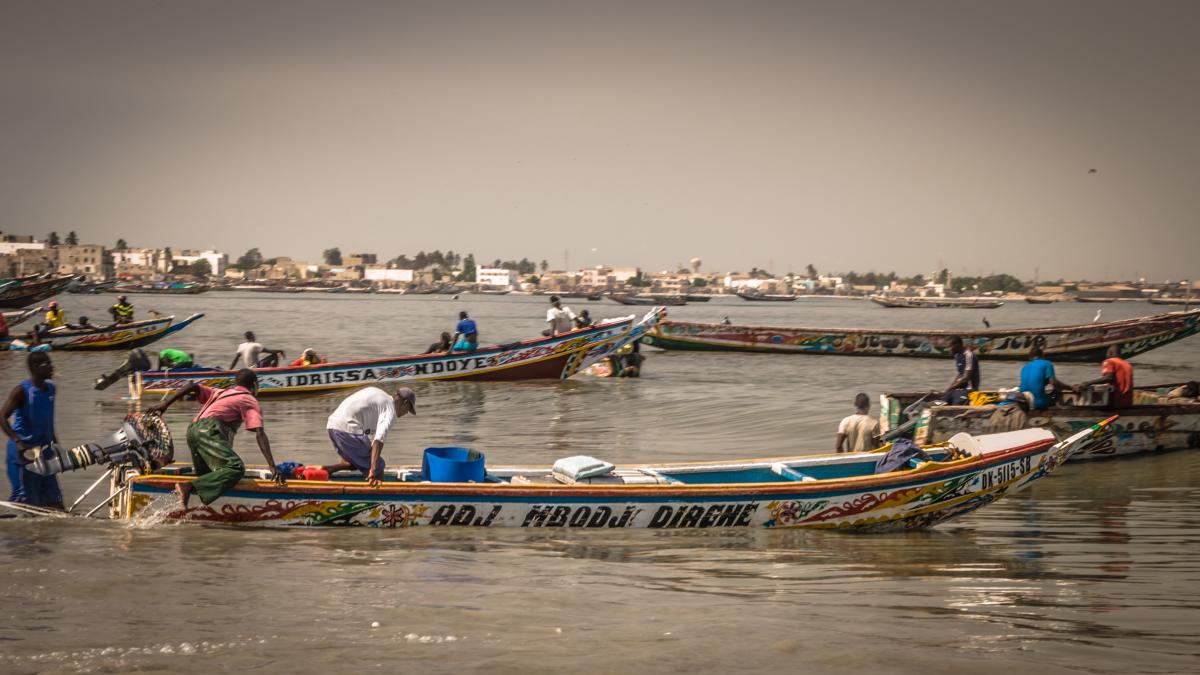Beyond lip-service: designing Marine protected areas to deliver for people
A new paper released at the 2016 IUCN World Conservation Congress in Hawai'i calls into question the current processes for marine protected areas designation and demands a new paradigm to secure ecosystems services conservation alongside biodiversity.

Photo: Imen Meliane
By Imèn Meliane and Mark Spalding, IUCN World Commission on Protected Areas
As over 10,000 participants at the IUCN World Conservation Congress are celebrating massive new additions to the marine protected areas coverage, one has to wonder about right measure of conservation outcomes. Headlines and media attention on big numbers stand in stark contrast to many of the discussions on the floor at the Congress.
Protected areas are regularly being called out for their potential role in delivering key benefits to people, from flood protection and safeguarding water supplies to carbon sequestration, food security and other sources of livelihoods. They have been positioned as critical pathways to achieving many of the Sustainable Development Goals.
What is missing from these discussions are the mechanisms and tools to achieve these aims, particularly in the marine environment. Many in the marine conservation community assume or hope that protecting an area for biodiversity will also deliver high benefits for people. This is not always the case. Many of the best known and highly celebrated MPAs are far from people, delivering relatively few direct benefits. These areas are important, but if we only focus on biodiversity conservation we are missing a critical part of the equation. Many of the places where people are deeply dependent on nature are ignored or under-valued.
Marine protected areas can be a game-changer. Well-placed, small marine reserves can regenerate fish-stocks. Moderately disturbed reefs and mangroves can still defend millions from the impacts of erosion and storms, and with better protection and local management they can do an even better job. Nature-dependent tourism can generate local benefits to local communities world-wide.
We know enough now to do things differently. The global protected areas target (Aichi Target 11) calls for the protection of areas of importance for “biodiversity and ecosystem services”. These will not always be the same places. We need to urgently develop processes that parallel the excellent efforts for biodiversity prioritisation. We want to rapidly advance the identification of Areas of Critical Importance for Ecosystem Services. These will be places where nature is at its most important for people. Such places will often be close to people – embedded amongst densely populated shores and coastal towns and cities. Many will in fact be in areas where biodiversity indices are moderate, and where nature’s values may have already been compromised. They will require different conservation approaches. Good management, and in some cases restoration, will enhance their values. Such places may, in turn, foster improved appreciation of nature, creating new advocates and the potential for leveraging ever greater conservation investments.
So far we have talked the talk about the role of protected areas for people, but we have failed to implement. It is time to move towards Protected Areas Generation 2.0 which effectively contribute to human development alongside biodiversity protection.
The new publication can be downloaded here:
Spalding M, Meliane I, Bennett N, Dearden P, Patil P, Brumbaugh R. 2016. Building towards the marine conservation end-game: consolidating the role of MPAs in a future ocean. Aquatic Conservation: Marine and Freshwater Ecosystems. Open access edition released 5 September, 2016



